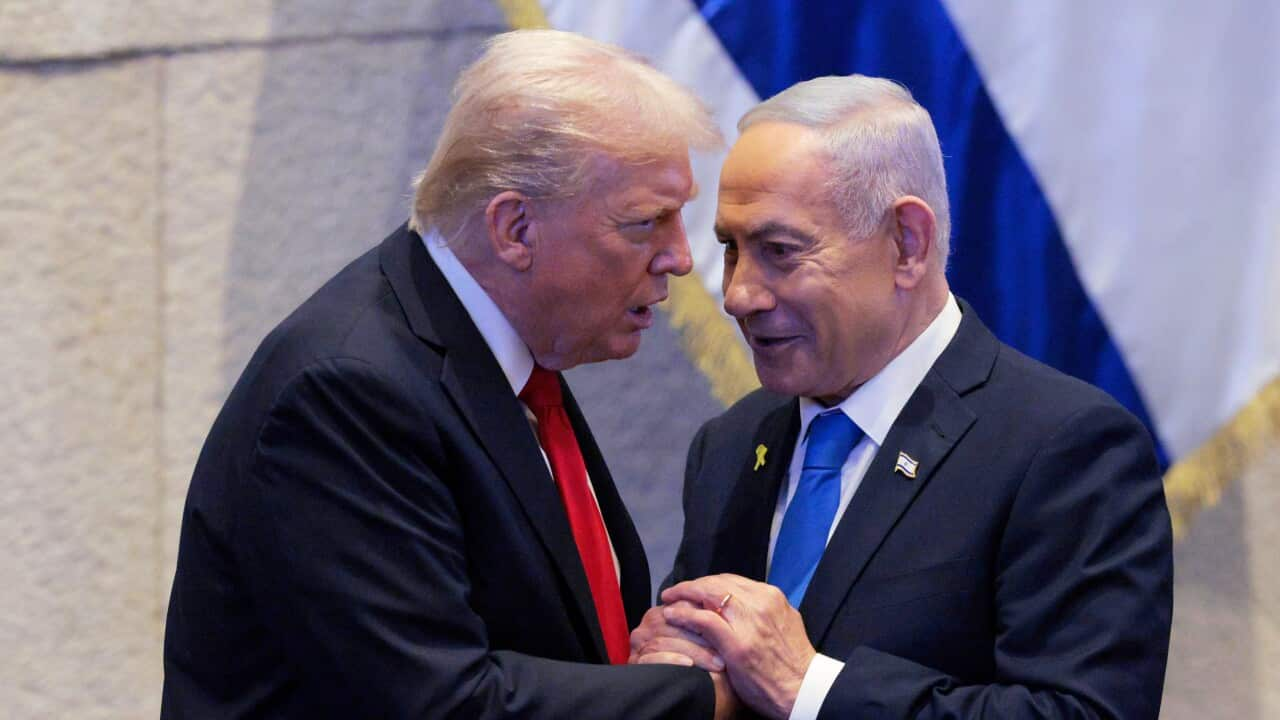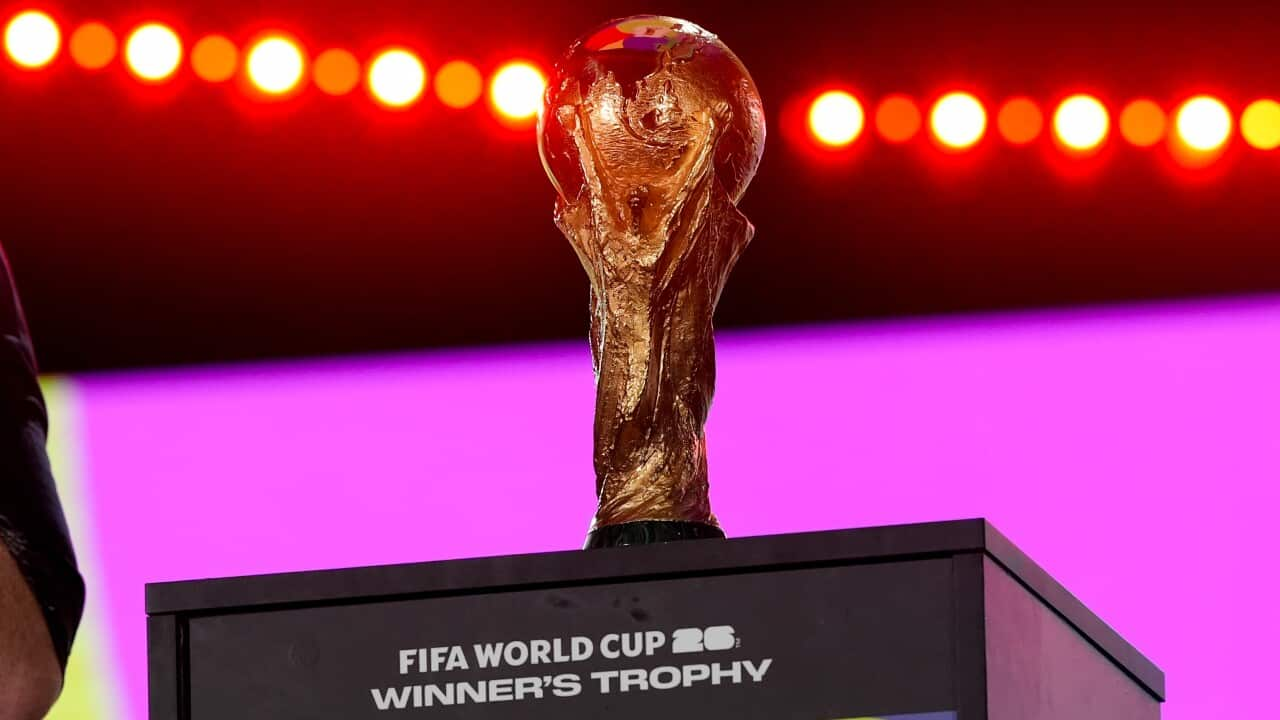COLOMBO, Sri Lanka — Sri Lanka’s strongman president, Gotabaya Rajapaksa, has declared a state of emergency for the second time in just over a month as his government confronts large, continuing protests over a deepening economic crisis.
The announcement came late Friday, after a general strike closed shops and businesses across the South Asian island nation. Protesters outside the Parliament building in Colombo, the capital, blocked exits, trapping lawmakers inside for hours as the police used water cannons and tear gas to disperse the demonstrators.
Protesters are demanding the resignations of Mr. Rajapaksa and his elder brother, Mahinda Rajapaksa, the prime minister, who have been accused of mismanaging the economy and sending Sri Lanka spiraling toward bankruptcy. The country’s usable foreign exchange reserves have plummeted to below $50 million, according to the finance minister. Food prices are soaring, hospitals have run out of essential medicine and fuel shortages have led to lengthy power cuts.
Anger was palpable on Friday outside Parliament, where lawmakers, instead of taking up a no-confidence motion brought by the opposition, had been occupied for days over a routine vote on a deputy speaker position. The person who previously held the position had been re-elected after resigning, only to resign again days later, underscoring the dysfunction that the protesters say they are tired of.
For days, news reports had suggested that the president might offer the protesters a concession by asking the prime minister to resign. Those reports intensified on Friday evening, but the prime minister’s office denied that he had been asked to step down or that he was planning to do so.
Instead, the president, a former defense secretary who has been accused of overseeing atrocities during Sri Lanka’s long civil war, declared a state of emergency. The measure gives the security forces sweeping powers to arrest and detain people, and it authorizes the president to deploy the military as well as the police to quell protests.
A government spokesman, Mohan Samaranayake, said in a statement on Saturday that the protests had “posed a grave threat to the security of public life” and had “deepened the economic crisis.” He called the state-of-emergency declaration “a short-term measure.”
In early April, the president declared a state of emergency on the eve of planned mass protests across the country. He also imposed a curfew on movements and detained hundreds of protesters. But Mr. Rajapaksa revoked the emergency days later.
The Bar Association of Sri Lanka called on the president to revoke the latest state of emergency and “ensure that the fundamental rights of the people” were “protected and not violated by the state or its agents.” The U.S. ambassador, Julie Chung, wrote on Twitter that the “voices of peaceful citizens need to be heard.”
Protests continued on Saturday in Colombo and elsewhere. “We are not deterred by these measures they are taking,” said Wasantha Mudalige, a 27-year-old university student who was demonstrating in the capital.
The protesters have been largely disciplined and peaceful. They have mobilized across the country and sustained an Occupy Wall Street-style tent city outside the presidential office in Colombo for nearly a month, through summer heat and monsoon rains. At least one demonstrator has died during police gunfire during the protests.
The president, the prime minister and other members of the Rajapaksa family, who have dominated Sri Lankan politics for years and hold several senior government posts, are the primary target of the demonstrators’ anger. Protesters believe that the family and others in Sri Lanka’s political elite have failed a country still trying to emerge from the shadow of the civil war that ended more than a decade ago.
“The people are on the streets calling on the Rajapaksa family to go home,” said Mr. Mudalige, the protester. “More people than the numbers that voted to elect this president are out calling for him to step down. He has effectively lost his mandate.”
The economic crisis has been attributed to a shortage of foreign exchange, as well as to deep tax cuts that the president introduced after taking office in 2019.
Sri Lanka was soon struggling to repay its foreign debts. The coronavirus pandemic hit the tourist-dependent country hard, depriving it of crucial money. Last month, the government suspended payment on its international debt. It has been running on credit lines from India for essential imports, including fuel, food and medicine.
Last month, a delegation from Sri Lanka met with International Monetary Fund representatives to discuss financial relief measures and debt restructuring. While the fund has promised support, officials and analysts say it will probably take months for tangible assistance to arrive.
Mujib Mashal contributed reporting from Dubai.






